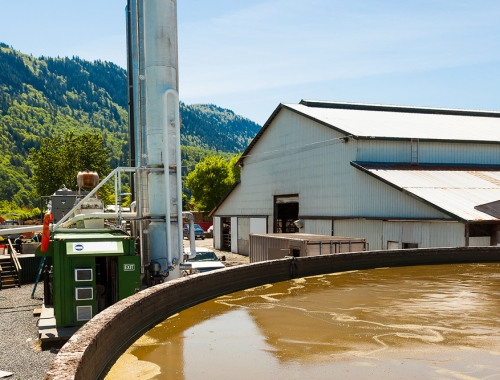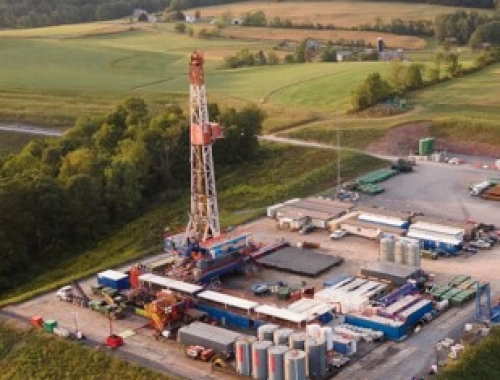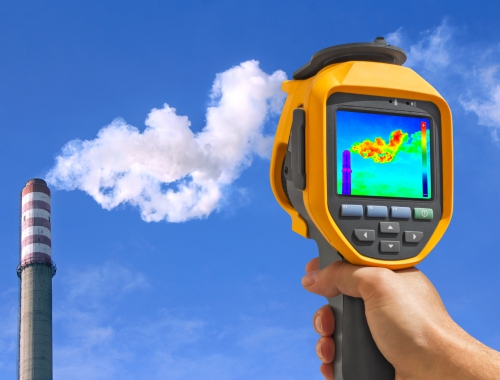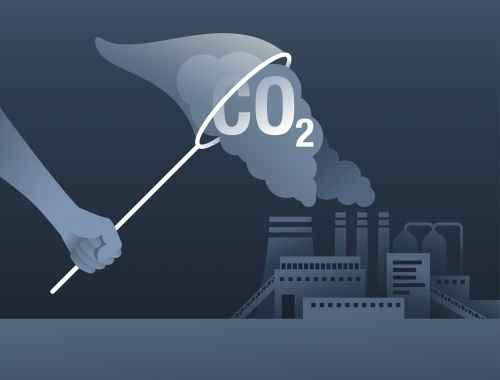Sinopec completes 1st largescale CCUS project
SUMMARY
The project, located in northeast China, will reduce carbon emissions by 1mn metric tons/year, Sinopec said.
By Shardul SharmaPOSTED IN:
State-run Sinopec has completed the construction of China's first megaton carbon capture, utilisation and storage (CCUS) project, Qilu-Shengli Oilfield CCUS, the company said on January 29.
The project, located in northeast China, will reduce carbon emissions by 1mn metric tons/year, it said. As China's largest full industrial chain CCUS demonstration base and industry benchmark, the project is estimated to increase the oil production by 2.965mn mt in the next 15 years, the company added.
The construction of the project started in July 2021 and is consisted of two parts: Sinopec Qilu's CO2 capture and Shengli Oilfield's CO2 displacement and storage operations. The CO2 captured by Sinopec Qilu will be transported to Shengli Oilfield for further displacement and storage using low-carbon transport, achieving an integrated application of carbon capture, displacement and storage to seal the CO2 underground and drive the oil out – turning the waste into treasure.
Sinopec Qilu has newly constructed a liquid carbon dioxide recovery and utilisation unit with a capacity of 1mn mt/yr, which includes compression unit, refrigeration unit, liquefaction refining unit and supporting facilities to recover carbon dioxide from the tail gas of coal-to-hydrogen plant with a purification rate of over 99%, Sinopec said.
Meanwhile, Shengli Oilfield is applying the principle of supercritical CO2's easy miscibility with crude oil to build 10 unattended gas injection stations in Zhenglizhuang Oilfield to inject CO2 into the 73 wells nearby to increase crude oil fluidity and improve oil recovery while adopting a closed pipeline transportation of oil and gas to further enhance carbon dioxide sequestration rate.





